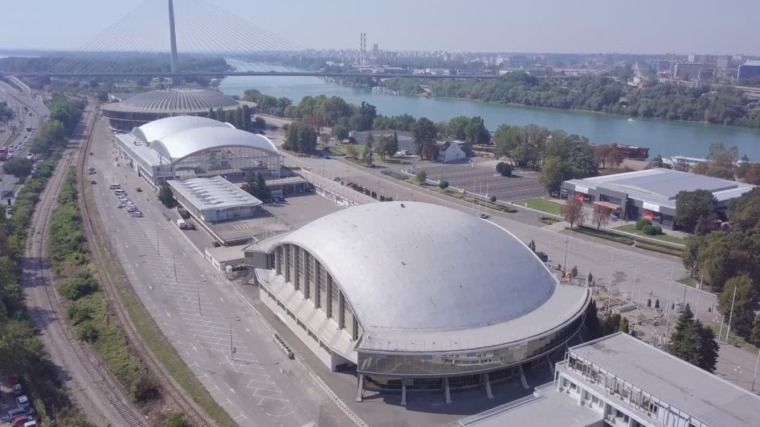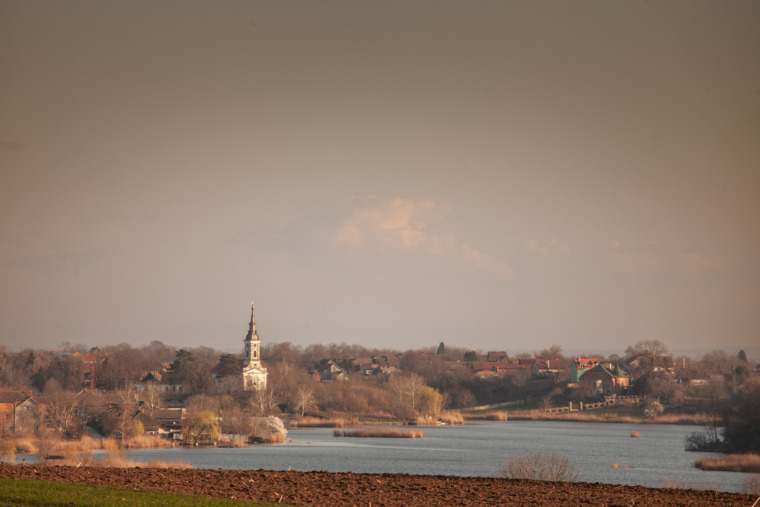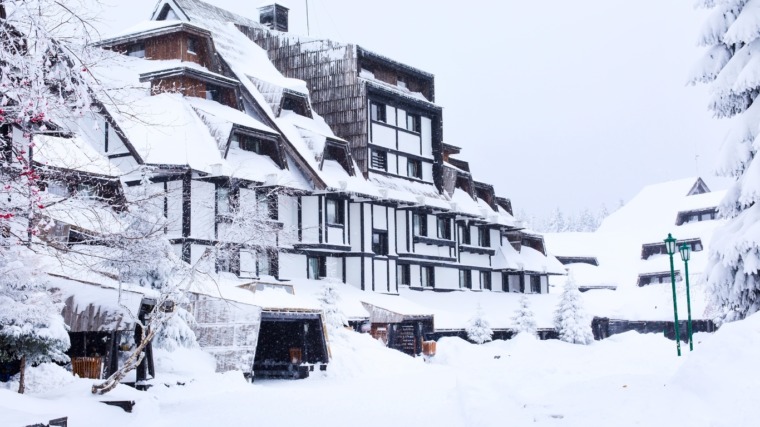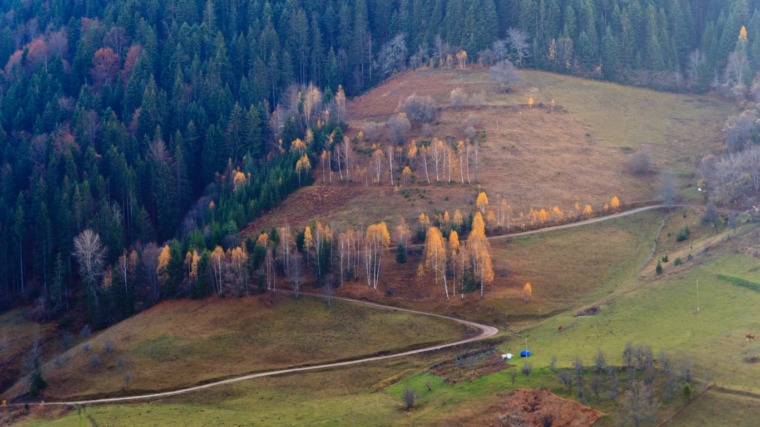
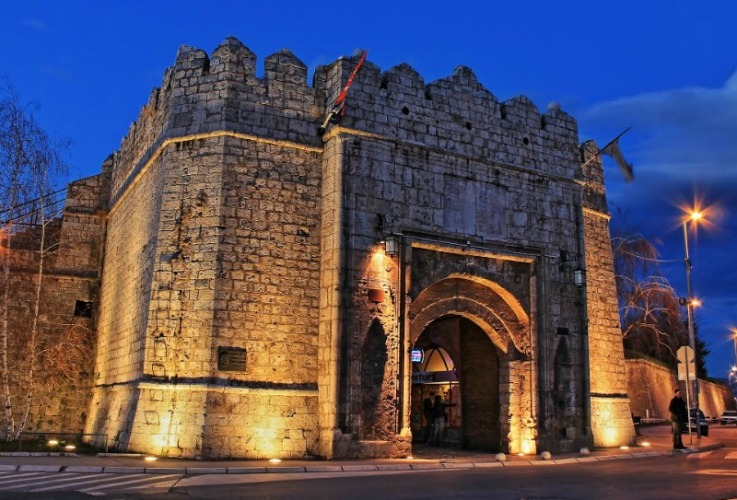
The fort on whose two millennia long history witnesses the numerous archaeological findings, becomes more and more popular destination for curious tourists from all around the world.
Niš. An amazing city on the river of the same name that doesn’t stop intriguing and attracting visitors from different parts of the world. One of the reasons for that may lay in the fact that the homeplace of Tzar Constantine the Great doesn’t reveal that much at all. On cobbled streets, historical monuments, rustic facades and in old kafanas, there are untold stories whose spirit can be felt in the heated Southern air.
Still, the impossibility of revealing the secrets that date back to the Roman times is absolutely attractive. For that reason, the fort settled on the right bank of Nišava River is a magnet for all the lovers of history, architecture, festivals and unusual legends. And Niš has plenty of them. Namely, the fortress of Niš has a continuity of around two millennia of constant existent.

Fascinating, right? Can you even imagine how many battles were held there, how many loves put together and broken up, how many friendships made and enemies destroyed? We are sure that it is impossible to count all of that or even to find out, but it is the magic of all this. When you surround yourself with the walls of the Niš Fortress, your imagination comes to life and pictures of old times flash before your eyes and stories just appear by themselves.
In the ancient period, the Niš Fortress is mentioned as a powerful kastrum for which the Roman historian of the 6th century Amian Marceline argues that “it was besieged many times, but it never gave up or was ever conquered”.
It is assumed that the Roman fortress was built of stone in the middle of the 2nd century when Niš first appeared in written sources. This city in the South of Serbia in the 4th century was a meeting point of Roman Tzars and a birthplace of Constantine the Great, the first ruler to turn Christian. Stormy history was continued with its destruction by the Huns (441-442).
Several years later, the fort of Niš was rebuilt by Tzar Justinijan I. Still, similar destiny continues to follow it, so no that long after, the fort was at the attack of the Slovenians. Old testimonies witness that Niš was better forted than Belgrade and that in the 10th century it has got all features of medieval fortress.
The fascinating building belonged to Prince Manojle Komnin, Stefan Nemanja, Knez Lazar and Despot Stefan Lazarević who had it re-built before it fell into the Turkish hands once again. In the period when it belonged to Turkish people, the fort gained its today’s look. The ground fort Hisar was built in 1718, and on its ground was built a fort similar to the one we know today.
Beneath the new hills, there are leftovers of old Roman and medieval fortress. At its new base emerged a settlement with shops, barracks, mosques and other buildings for military purposes. Time has not run over several powder magazines, Bali Beg Mosque from the 16th century and one valued building which can still be seen. It finally falls into Serbian hands in 1877.
Niš Fortress was declared a cultural monument of great importance in May, 1948, and in 1978 the cultural heritage of great importance.
 The long, stormy and uncertain history of Niš is still being created. Its pages are being mostly written by the International music festival “Nišville” which has become the most prestigious jazz festival of Southeastern Europe.
The long, stormy and uncertain history of Niš is still being created. Its pages are being mostly written by the International music festival “Nišville” which has become the most prestigious jazz festival of Southeastern Europe.
There are also a music festival called “Nisomnija”, Showroom 77, Art pavilion, but also many other historical monuments.
For all these reasons, the fortress is now venue for numerous cultural and artistic events where people gather and exchange impressions, enjoy the view of the river and think about the glorious history of the fort that Niš adorns for the entire two millennia.
Featured image: www.skyscrapercity.com

